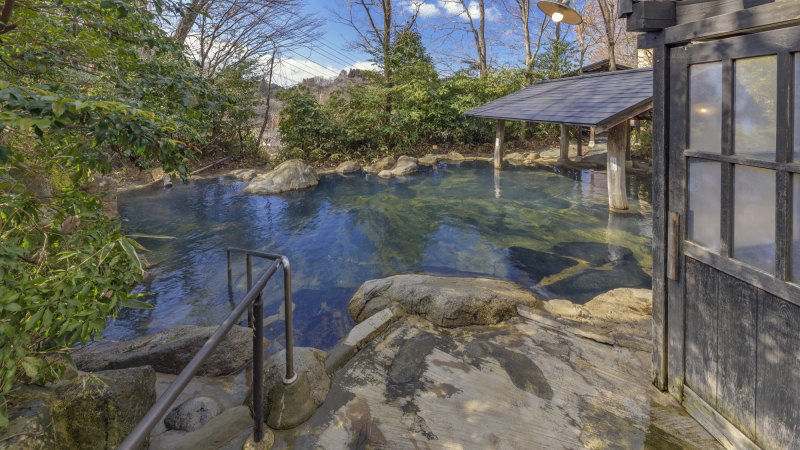My rental car’s GPS tries to direct me to the right place, and after sending me corkscrewing through hills spiky with pine trees on an increasingly narrow road, it announces I’ve arrived. And I have arrived, sort of. My ryokan is indeed in sight.
Only problem? The river that rushes between me and my night’s lodgings, and no bridge in sight. My destination, Kurokawa, is a hot-spring town hunkered in central Kyushu, Japan’s southernmost large island. In the previous hour’s driving, I’ve barely seen a building, and now most of Kurokawa appears camouflaged somewhere in a valley dense with trees.

It takes old-fashioned map-reading to finally reach Sanga Ryokan along a road barely wider than my car. My GPS squawks in protest. It’s the last time I’ll use my car.
Kurokawa is closed to traffic and, by the looks of things, I wouldn’t want to drive further anyway. These lanes would snap off a wing mirror, and I’d only find myself at another dead end. But this is all a good thing.
Being off the main road and the railway network, with infrequent buses the only public transport connection to cities, leaves Kurokawa off the beaten track, although I’m told the town nevertheless gets busy during Japan’s big holiday times. The town centre, it turns out, is a 10-minute walk up a country road from my ryokan, and compact enough to explore on foot. Only concerted effort could produce a place this charming.
Most Japanese onsen, or hot-spring resorts, have been taken over by .
















